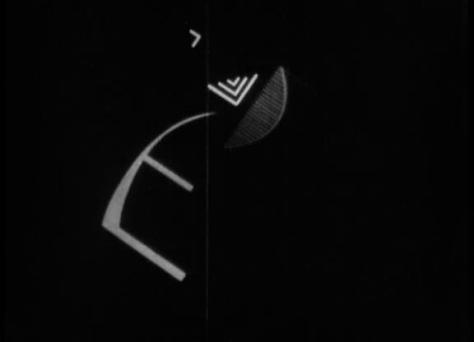This is a guest post for Silent London by Sabina Stent. Sabina has a PhD in French studies from the University of Birmingham and is a regular contributor to Zero magazine. Her PhD thesis was on Women Surrealists: sexuality, fetish, femininity and female surrealism – and you can read it in full here. This article is an edited extract from her thesis, focusing on the early cinema of Luis Buñuel.

There are particular images that were central to the Surrealist movement. The human hand, for example, became a frequent Surrealist motif and can be seen in the movement’s films, paintings and photography. Why were these motifs so important to Surrealism and why do we continue to discuss them as part of the movement’s history? To understand why we must look to the Surrealist films of the 1920s, specifically Un chien andalou (Salvador Dalí and Luis Buñuel, 1928) and L’Age d’Or (Buñuel, 1930) and how key scenes emphasised the reoccurring themes that were so central to this movement.
The repetition of hands in Un chien andalou is, to put it simply, a symbol of fetish: what hands can do and how they can generate both intense pleasure and intolerable pain. Williams has commented that ‘the function of the fetish arises from the fear of castration’ and can only be preserved through making the object in question a symbol of fetish.[1] The repetition of wounded and severed hands in the film represents castration fear, and more specifically, a disembodied phallus. This is emphasised when we realise that all the hands, whether injured or exuding ants, are male.
Continue reading Surrealism, symbols and sexuality in Un Chien Andalou (1929) and L’Age d’Or (1930)


